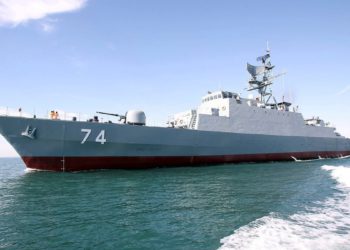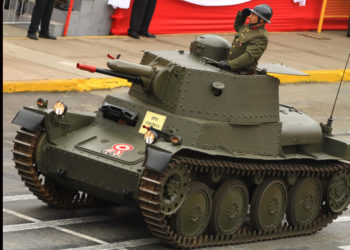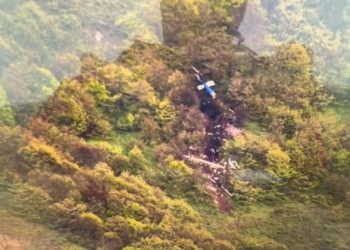Introduction to Defense Mechanisms

Greetings. This article is going to breakdown the basics about defenses and provide some context on how it relates to the Ukrainian situation now. A quick admin note: Please keep the comments constructive and on topic.
Defense 101: An Overview

A defense naturally attempts to retain and defend terrain from an enemy attack. It’s intentionally the opposite of an offense.
Defensive theory, depending on the doctrine practiced, is also temporary as some specifically state a defense is intended to restore conditions to transition back to offensive operations. This implies a defense can be used to stop an initiative before seizing and regaining it for offensive purposes.
There are some critical elements needed to be successful in defending.
Key Elements of a Successful Defense
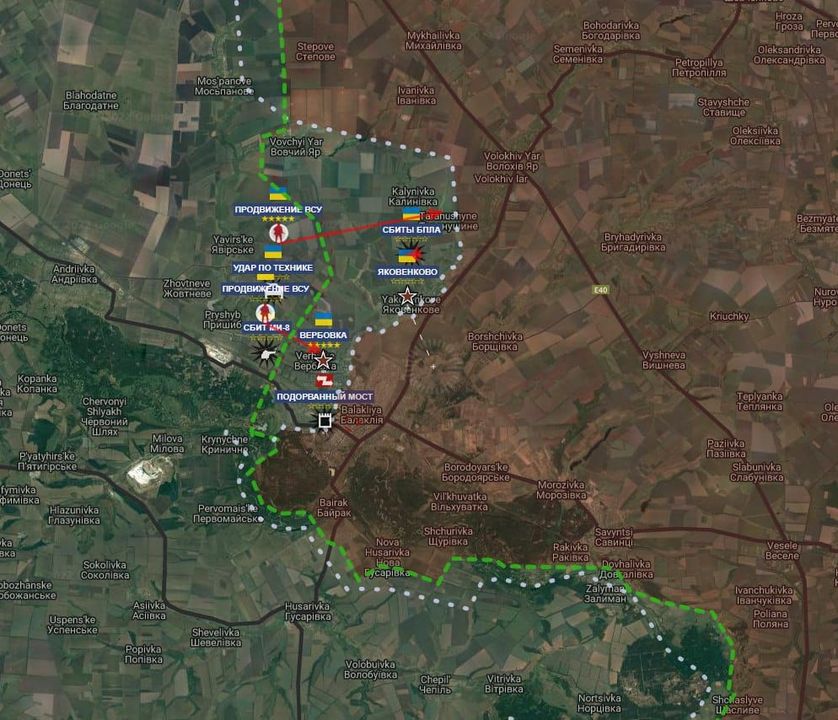
It all starts with location selection. Where to defend. This process is called Engagement Area Development or EA DEV. At this level, battle positions, alternate battle positions, etc., are established along with obstacles and the defending Indirect Fires plan. These are all tied together and make up part of the defensive effort.
Another aspect of the defense is known as “Disruption.” This effort is intended to delay, desynchronize the attack, and cause disruption in an attacking force’s plans. Collectively, this stage is also designed to negate certain efforts by an attacker. At this stage, a defender may decide to target High Value Targets, such as engineering assets, and seeks out to destroy as much as possible of an attacking unit’s reconnaissance, if applicable.
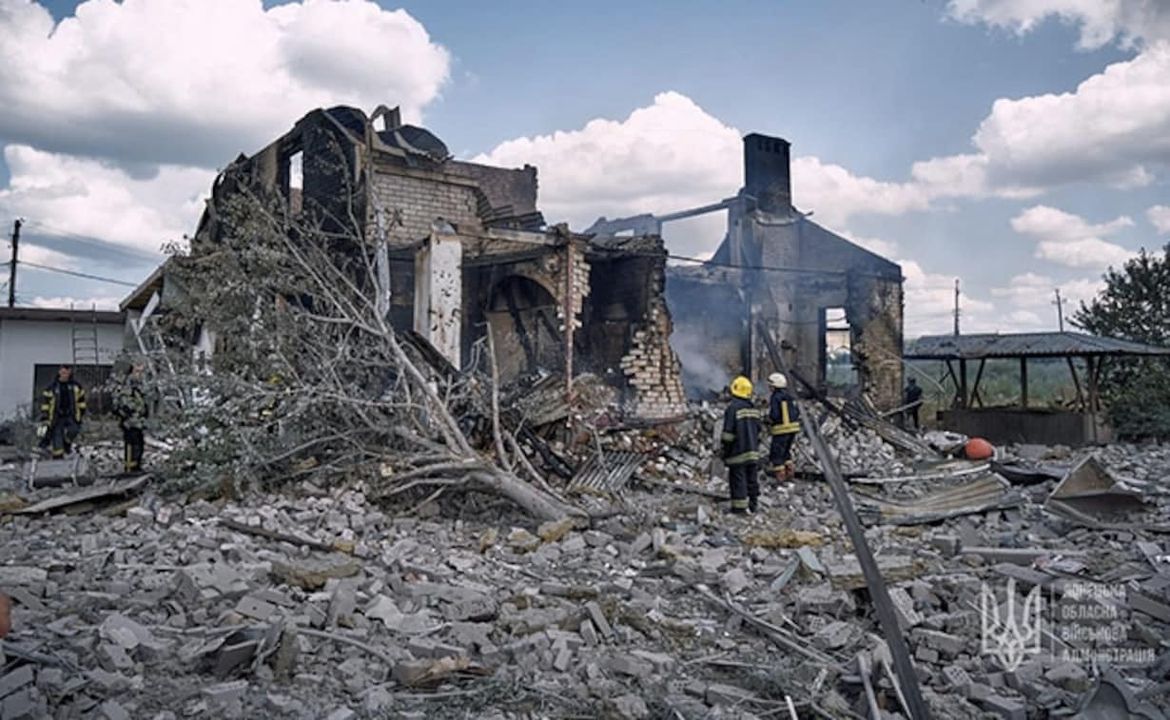
Another element of the defense is the proper use of depth and mass. Defense in depth is, as the name implies, usually observed with multiple defensive positions and may also contain a mobile defense positioned further back that can serve as a counter-attack force, as a force to reinforce a defensive position, and so on. It can also serve as a last-ditch read guard if the situation warrants. Sometimes a force on the defense intentionally withdraws, and that is tied to something called a “Disengagement Criteria” or tied to the “Displacement Criteria.”
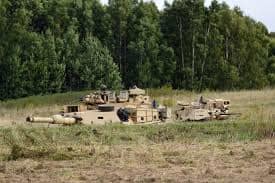
Typically, a defense, if an attack is expected or forewarned, will be a deliberate defense. This basically is a series of prepared fighting/battle positions with interlocking sectors of fires, obstacles, and fortifications. These are far more elaborate than “hasty” positions.
Area Defense
Most times, a defense is tied to a geographical area and thus is termed an area defense. The significant point here is that a defense is NOT intended to destroy an attacking force. It is intended to deny the geographical area [area defense] to the attacking force. The destruction of an attacking force comes from offensive operations, hence the counter-attack, as mentioned earlier.
Defensive Structures and Positions
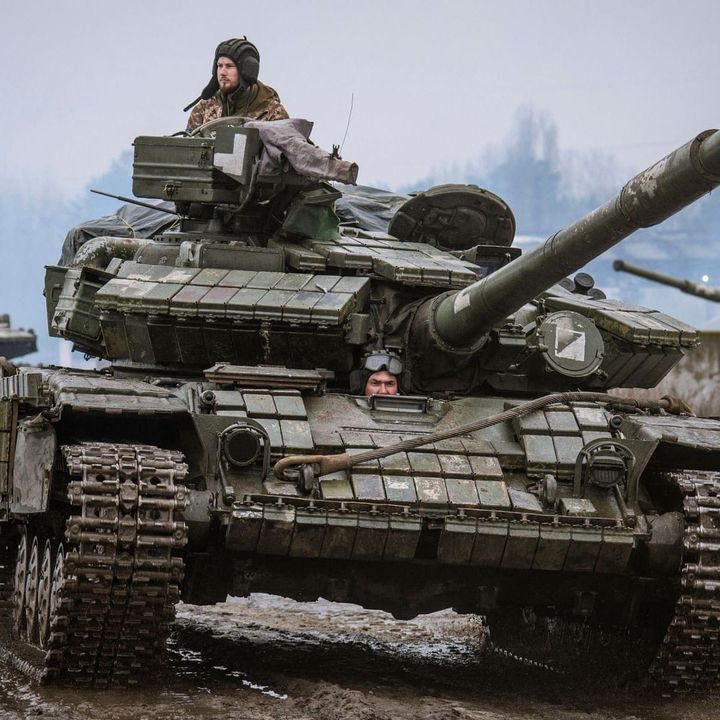
Depending on the scale of the defense, there are also multiple areas associated with it. At every level and scale, you will have a Forward Line Of Trace, or FLOT. This is the area that is immediately between two forces. Depending on the size of the forces engaged, there likely will be something known as the Security area, which is ahead of the main defenses. This area is a critical part of the fight and the defense as mentioned earlier; this is the location in which a defending force seeks to disrupt, degrade, and desynchronize an attacking force, even perhaps target the attacking force’s High Value Targets, such as engineering units and where the counter-reconnaissance fight occurs.
Following this area, there may be one or more areas that comprise the Main Battle Area. These locations are where the bulk of the defending units are located and where the main defenses are. There can be a single defensive line and positions or multiple lines and positions; this all depends on the size of the defending force and the geographical realities of the area in question. Within this area is where the mobile units for defense can be located. It’s all dependent.
Tactical Aviation in Defense
During the engagements in the outer areas, a defending unit may employ tactical aviation as needed, less so as the enemy approaches the main line of defense. Tactical aviation usually, at this stage, transitions to striking further in-depth to cause attrition against attacking units in either a follow and support or follow and assume role.
Withdrawal and Final Protective Fires

Traditionally, a defending force will attempt to give ground in order to preserve its fighting strength. This is also to fall back to alternate and subsequent positions and defense lines. Thus, a defending force will trade space and withdraw from the FLOT, Security area, and also perhaps the first line of defense. Usually, this is all tied to the disengagement/displacement criteria if there is one.
Lastly, another aspect of the defense is Final Protective Fires. This is a last-ditch effort where every available gun, cannon, rotary, and fixed-wing asset is employed to prevent a collapse of a defending force.
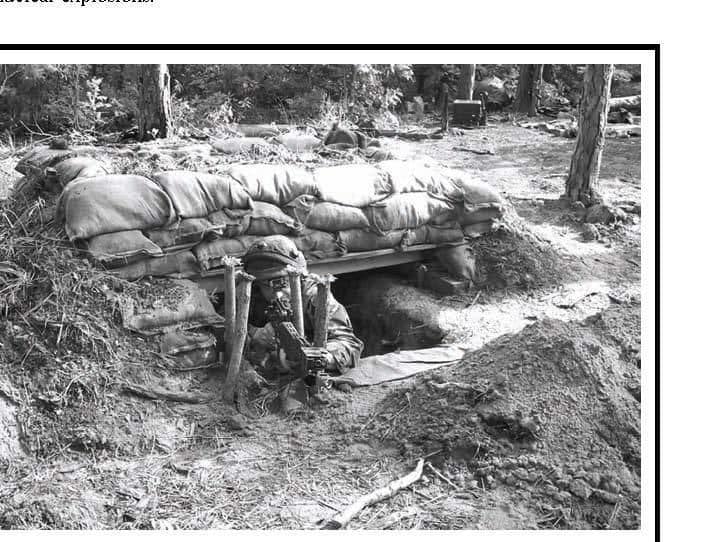
At the minimum, a successful defense will have the following; prepared positions and intact internal lines that interlock with sectors of fire, as well as proper EA DEV tied to obstacles and other counter mobility actions. Well established and rehearsed engagement criteria and displacement criterion help to keep internal lines intact and prevent breakthroughs or defensive lines rupture. Well-established protective fires and fire support assets that are responsive and capable of disrupting attacks as they materialize. Flexibility and intact C2 with alternate command posts properly situated and taking advantage of protective terrain. Established rear guard positions and designated units for rear guard action if the need arises to prevent a collapse. Pre-designated units for counterattacking via a BPT order [Be Prepared To] or a mobile force. Sufficient ammunition and supplies.
Application to Current Ukraine-Russia Conflict
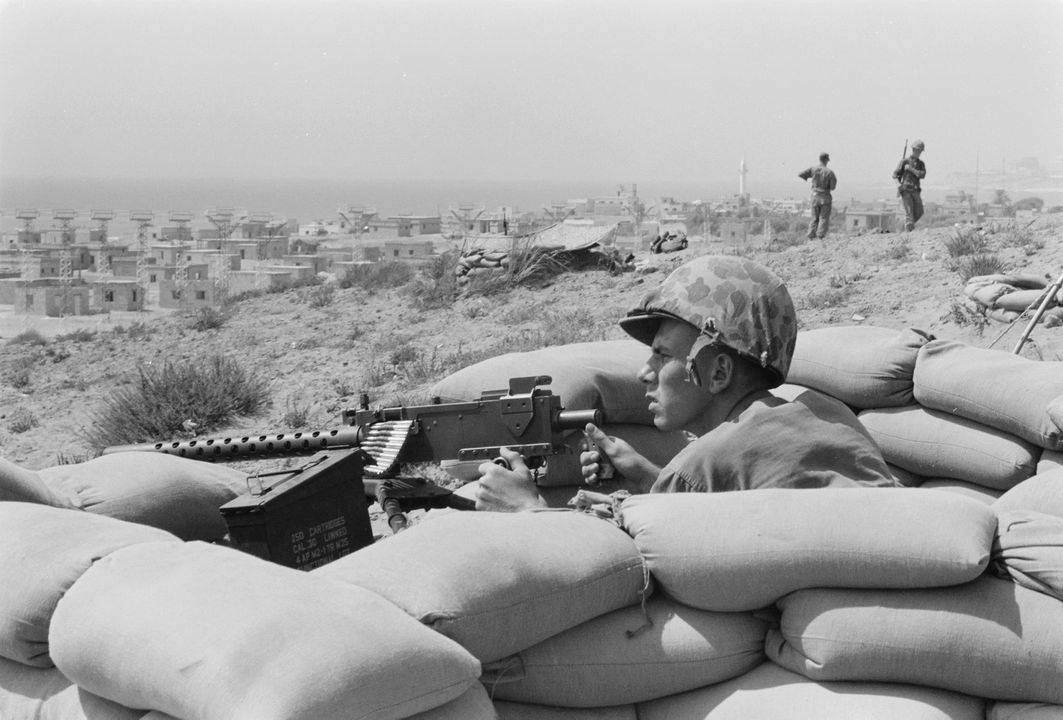
As Kiev conducts their long-awaited counter-attack in the Kherson region, it’s critically important to have a foundational understanding of what is occurring. The current progress by Ukraine is merely the first stages and opening act of things; the fighting has been at the FLOT and the Forward Edge of Battle and on to and through the Security Area. Once this is done, they will have to attack the Russian main defensive positions.
We now have the fundamentals of the counter-attack [offense] and the fundamentals of the defense laid out. This information is important to have as it helps provide context to all the wild antics being generated out there.
Kindly,
Mel Daniels





